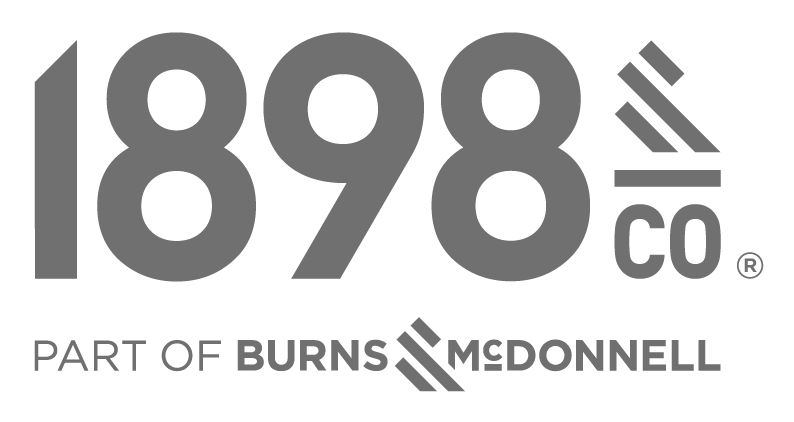Getting the right answers to your network questions is difficult when asset data is stored in many places. It can take days, or even weeks, to find the right person or resource. For instance, to find the right regulator sizes and settings, you may need to consult both an asset database and the regulator database, which is likely a spreadsheet. Then you’ll need to call the planning engineer for confirmation.
Doing planning work can require traveling to the physical area where the asset is located to record what is actually in place. If traveling isn’t feasible, you may have to rely on legacy documents or anecdotal information instead. Sometimes this approach provides accurate asset data. When it doesn’t, you end up wasting valuable time and effort on the modeling, simulation and planned projects based on that information.
Risks to Organizational Efficiency
Models based on inaccurate or incomplete data invariably produce bad simulations that generate misleading results. When utilities operate using bad data, network functionality suffers. Ruptured pipes, blown transformers and excess pressure in natural gas pipes become more common. Repair crews may be sent to the wrong location. Usually, they can locate aboveground issues quickly, but it may take a long time to find the correct buried asset.
Often, stock levels in depots and on trucks are wrong. This results in dead inventory and emergency orders. Because many utilities rely on historical usage to determine stocking levels, the problem perpetuates. If asset health is estimated, maintenance or replacement may be prioritized incorrectly. New service requests result in the wrong costs, capacity available or other mistakes.
Plus, “best guesses” and estimates are almost always based on highly conservative engineering. Decisions you make based on this incomplete information can carry a higher cost.
Profitability on the Line
Incomplete information also threatens your relationships with regulators and customers. Entering the wrong information on a regulatory filing or discovery question can cause permitting delays, a reduction in the capital spending allowed by the regulator and other problems. Likewise, long delays in answering customer queries can lead to low customer satisfaction, bad orders for material and incomplete or bad work orders for crews and delays.
If you are seen as hard to work with because it takes you too long to produce answers, new business may be hesitant to locate in your service territory. Existing businesses may choose not to seek additional use of your services. Or, regulators may impose larger tariffs.
All of these factors impact your utility’s profitability and your ability to deliver needed services. The ultimate issue, though, is being considered “too broken to fix.” In this case, you risk being sold to another utility operator who is perceived as having a better culture and work ethic. Both municipal utilities and investor-owned utilities (IOUs) have faced this result in the past.




